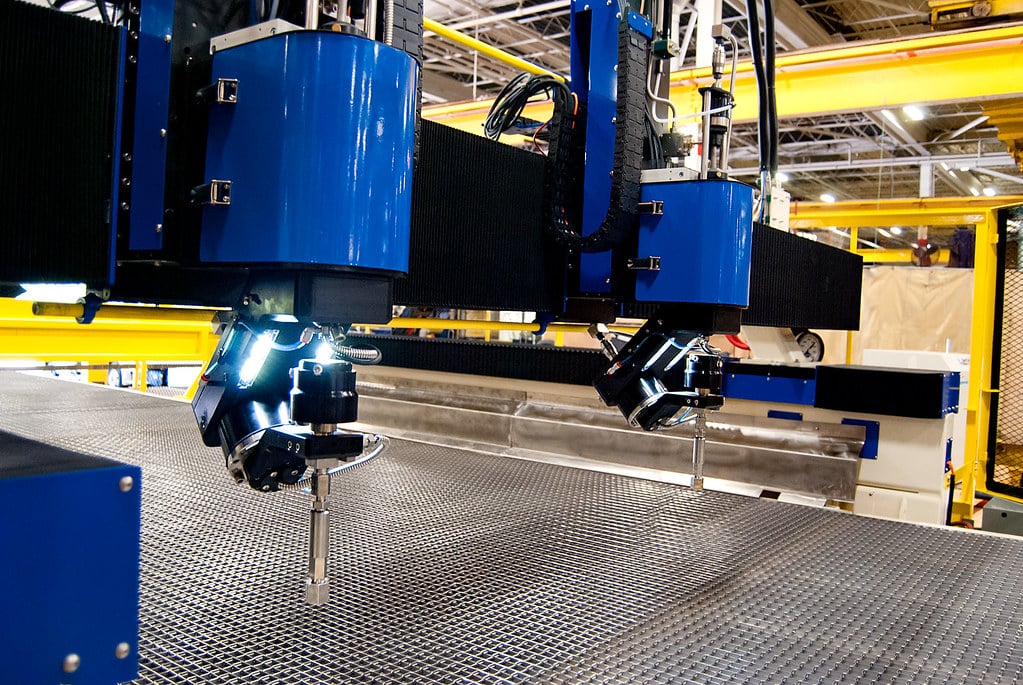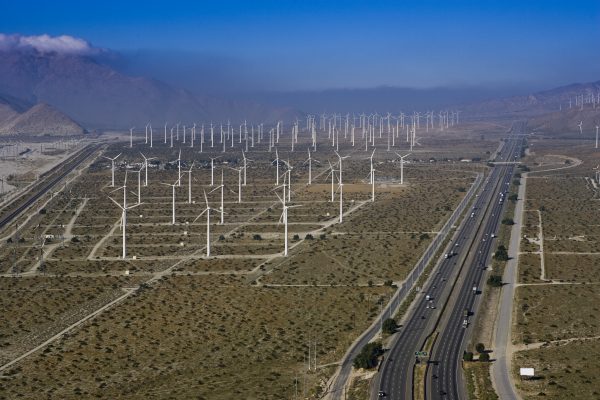Are robots coming for our jobs? Despite years of talk about a looming automation apocalypse, today it is clear that even the most advanced forms of AI cannot do most of the things humans can do. And the culprit isn’t a lack of processing power; the technology itself is fundamentally limited.
Daron Acemoglu’s intervention is part of a welcome new wave of automation thinking, more sober and clear-headed about how AI will transform work. But just because the story is less catastrophic doesn’t make it optimistic. Though Acemoglu doesn’t think new technologies will render all human labor redundant, he still sees a bleak feature unless we redirect the course of technological development—through greater public involvement in research and more democratic accountability. I agree that something needs to be done to solve our jobs crisis, but I think Acemoglu overstates the degree to which technology is responsible. As a result, the technology-focused solutions he offers are unlikely to lead to either shared prosperity or more satisfying jobs. What we really need is to rethink the connection between employment and economic growth.
Consider first what Acemoglu’s argument gets wrong. To find out what threatens work today, he looks to the golden age of postwar capitalism, when economic growth “was not only rapid but also broadly shared.” He notes the role played by minimum wage laws, collective bargaining agreements, and legal job protections in achieving this shared growth but also argues, correctly, that this policy framework wasn’t the whole story. The key ingredient, for Acemoglu, was a particular pattern of technological change: back then, technologies enhanced workers’ productivity rather than automating their jobs away.
But is automation really responsible for the sharp decline in shared prosperity since the 1970s? Acemoglu’s account makes it seem as if every middle manager’s dream were coming true—firing tricky-to-manage humans en masse to replace them with robots, even if it saves little money. Yet if that were right and happening on a large scale, we would see evidence of it in labor productivity statistics. In a roboticized economy, each additional worker might contribute less to production, but since fewer workers would be involved in producing the same quantity of goods and services, average labor productivity—output per worker hour—would rise rapidly.
This isn’t what we see. In fact, the 2010s—which featured endless Silicon Valley boasting about advanced industrial robotics and AI—were actually the worst decade for average labor productivity growth since World War II. In manufacturing, output per hour worked grew at an annual pace of 0.6 percent between 2010 and 2019—glacial compared to 3.1 percent between 1950 and 1973. Labor displacement is certainly taking place to some degree in some firms. But it is unfolding in fewer firms than in the past and at a slower rate.
The same slowdown registers in other statistics as well. Contrary to what many readers might expect, the last decade saw extremely low rates of job churn—the rate at which workers change occupations over time—compared to earlier decades. That’s yet more evidence that an army of robots is not pushing workers out of good occupations into bad ones. Global numbers also help to put our job crisis in perspective. The South Korean, German, and Japanese economies use many more industrial robots per manufacturing worker than the U.S. economy does, while at the same time employing much higher shares of their workforces in manufacturing. Robots help firms in those countries stay competitive in international markets and keep workers in their industrial jobs.
The problem we face in the United States is not too much pressure to change occupations brought on by automation, but rather too few opportunities to leave a bad job for a better one. Many workers, even highly educated ones, find themselves stuck in bad jobs, often laboring alongside other workers doing the same kinds of work for better pay. Think of adjunct lecturers, performing the same sort of labor as tenured professors for lower wages. Similar developments have caused wage disparities to rise within many occupations. Workers languishing in low-quality positions can’t find anything better, exacerbating their already weak bargaining power.
Together these trends cast doubt on Acemoglu’s thesis about the role of technology in creating shared prosperity. A clue to the real culprit lies in the fact that the end of the era of shared growth also saw a sharp slowdown in growth rates. The crisis we face today isn’t caused by an automation-driven reduction in new jobs per unit of growth; the problem is that our growth-oriented economy is growing more slowly, generating fewer jobs as a result. And because working-class households are plagued by higher levels of underemployment, they are seeing fewer gains of the little growth that does exist.
This slowdown in growth isn’t a distinctly American phenomenon. It’s a global trend, the result of the incredible expansion of worldwide industrial production capacities since World War II. Facing falling rates of return in hyper-competitive markets, industrial firms reduced investment in high-productivity activities. That shift, in turn, accelerated a trend in labor markets that was already underway: workers ended up taking jobs in characteristically low-productivity activities in the service sector. (There is no indication that AI is about to boost average service-sector productivity levels, and we should remember that similar claims about the rise of computers turned out to be false.)
One solution is to try to bring back the jobs lost to slower growth, but that strategy hasn’t worked. As growth rates fell—keeping unemployment rates high—policymakers did everything they could to encourage firms to expand production. Governments lowered tax rates, issued public debt, deregulated the economy, and rescinded labor protections. None of these measures succeeded: growth rates stagnated, all while creating endless hardship for workers. Instead of a surge in private investment, the United States got two financial bubbles—first the dot-com bubble in the late 1990s, then the housing bubble in the mid 2000s—each followed by a further fall in economic growth. COVID-19 is now likely to reduce growth rates even more.
Future efforts to induce private investment are just as unlikely to succeed—as are technology-focused efforts like the ones Acemoglu recommends. Under conditions of slowing economic growth and widespread underemployment, publicly funded AI research will do little to solve the jobs problem. Nothing about the internet, touchscreens, or GPS—all developed with public research—implied the creation of Uber, which uses these innovations to prey on insecure people looking for scraps of work. Many companies will continue to find ways to intensify insecurity in order to better control and exploit workers.
So what can we do? In stagnating economies we need a fundamentally different economic engine—one that does not rely on economic growth to generate social stability. We need a new vision for public investment—undertaken not as a way to stoke private investment, but for the broad social benefits it creates. Crucial to that new paradigm of public investment will be rejecting technocratic forms of governance. Rather than supporting individual and community autonomy and a shared sense of purpose, states have tried to run the economy by remote control, centralizing decision-making in the hands of technocratic elites. We need public investment for and by the people, instead. We need democratically designed public protocols for the allocation of productive resources. Digital technologies may help, but the main obstacles that stand in our way are social, not technological, in nature.








